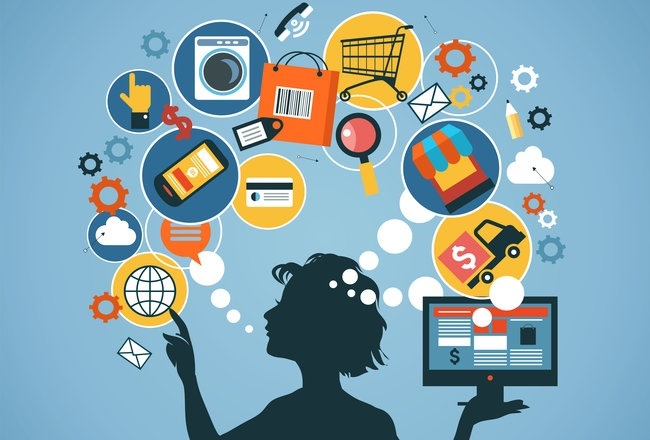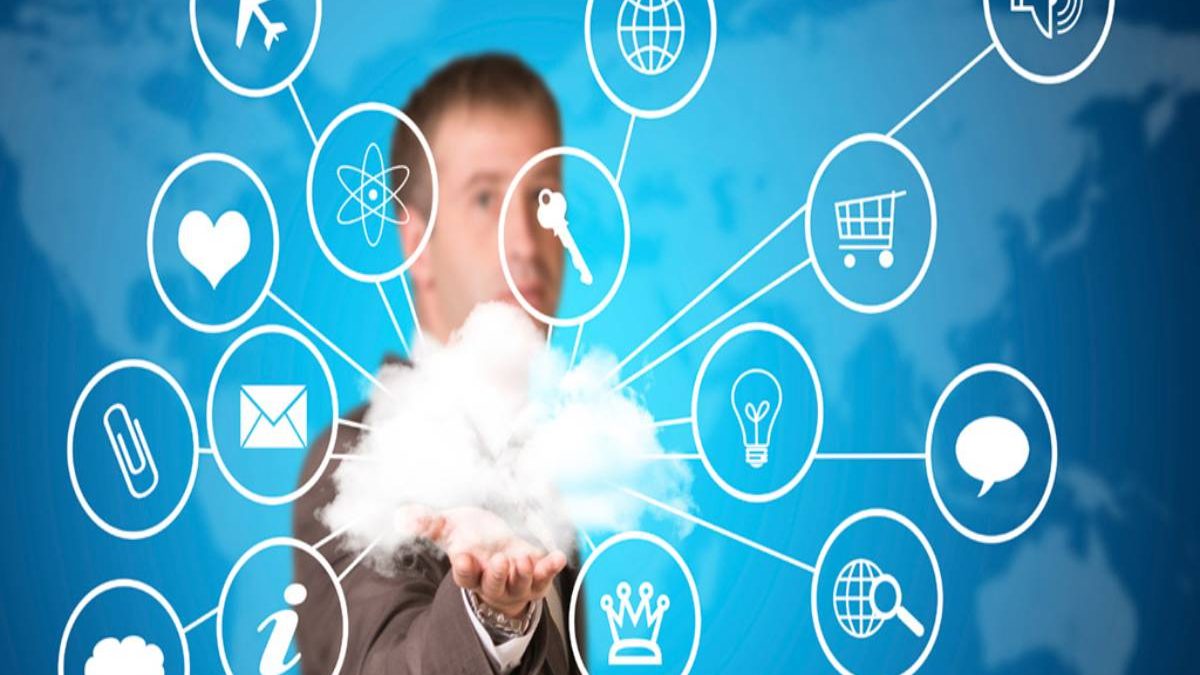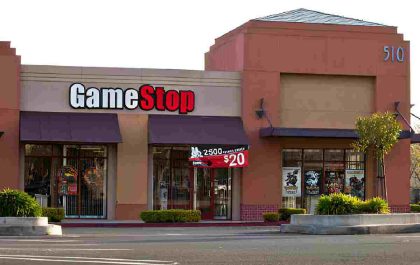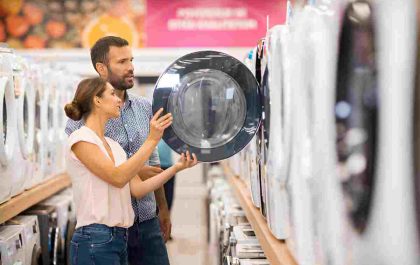The unprecedented growth of consumerism has also led to a surprising increase in the rate at which science and technological innovations are advancing. We have come from dreaming about a house that can be controlled using a mobile phone to actually materializing the concept in just a matter of a few short years! Read on to find out how this relates and expand as a factor when it comes to a company’s marketing strategies and revenue generation plans.
Earlier, marketing used to be a one-way process where the company with the loudest voice emerges to the top. Often, this favored only the large companies that have a lot of money for their advertising strategies and took a toll on smaller companies that could have potentially created more value for the consumers. This way, the loudest competitor would always win the largest share in the market.
But now, marketing is a conversation that is two-way. You, as a company, would communicate to your audiences and customers, then receive feedback which you would use to further mold your strategies. Moreover, consumers want large returns and immediate results from their efforts. 
All of this leads, to the emergence of something known as the ‘connected consumer’ that is reshaping the world of consumerism for good.
Table of Contents
Who or What is the Connected Consumer?
To understand this, we need to look at what lies in the center of any marketing strategy – the audience.
For any marketing campaign to be successful, online or offline, understanding and segregating the audience is the first step, followed by crafting the marketing campaign. Until a few years ago, this process was simple. The audience used to be classified based on age, gender, region, and other demographical factors.
As time progressed, the ideologies of many different audience groups started to overlap and get distorted. It was time for a new way of classification. After a lot of thought, companies boiled down on segregating the audience based on their age, or in other terms, the generation they belong to.
- Boomers
- Baby boomers
- Gen-Xers
- Millennials
- Gen-Z
As you might imagine, it did not take long for this strategy to fade away as well. This is because the technology that connects people has advanced so much and grown so vast that the lives of people all over the world have become inextricably intertwined. This does not allow for effective and definitive segregation of your audiences for your marketing campaigns based on demographics alone.
This called for a whole new approach. Since the problem from the beginning was the fluidity in the connection of audience and customers, it turned out that crafting campaigns with a focus on how the audience connected would yield better returns than running on false presumptions and targeting the wrong audience.
Furthermore, companies all over the globe also collectively realized that it is time to think about consumer-brand relationships holistically.
This is how the concept of the connected consumer was born, and it is safe to say that the internet played a pivotal role in this aspect.
Hence, the connected consumers refer to all the consumers who communicate, buy, trade, socialize and mold their personal environment using the internet and the devices that are connected to the internet like mobile phones, tablets, laptops, smart speakers, smartwatches, GPS fleet trackers and more.
What is the Significance of Connected Consumers for Logistics Companies?
Ever since powerful devices like smartphones and laptops have put the world at the customers’ fingertips, the outlook of customer relationship management and customer services has seen a radical shift. Industries are now more customer-centric than ever before, and the supply chain industry is no exception in this.
Using the connected consumer approach, the logistics companies can leverage the ability to attain maximum customer satisfaction by putting power in the hands of the consumers. Using the internet for the purposes of routing and dispatching valuable cargo, customer satisfaction improves as they can now track the route progress in real-time, and the ability to share live tracking also helps to reduce route inquiries. The capabilities of Ai on the road have opened a whole new world of possibilities for both fleet companies as well as the end consumers.
A premium dispatch software, like that of Samsara, also enables you to integrate real-time GPS fleet tracking that improves efficiency, reduces overall operational costs, and optimizes multiple areas of your fleet. Using an app to track fleets, you can get real-time updates about the whereabouts of your vehicle, cargo, and drives using a helicopter view. This lets you track your arrivals and delays down to the second!
What Do Most Businesses Fail to Understand About Connected Consumers?
Traditional marketing strategies have engulfed so the minds of so many amateur marketers, that it has become very difficult to change their perspective due to lack of knowledge.
Firstly, for marketing campaigns using the connected consumers’ approach to be successful, they should be based on mountains of data.
Secondly, and more importantly, only a few brands are able to cognize that every individual is different and demographic classification does not hold much weight in the present-day.
- Not all mothers think alike.
- Not all elders think alike.
- Not all youngsters think alike.
- Not all lovers think alike.
- No two people think alike.
Once your company establishes this, internally, the way of interacting and engaging with your customers will witness a noticeable paradigm shift for the better. This would directly translate into:
- Improved customer satisfaction.
- Better public relations.
- Better reputation.
- Larger returns on investment (ROIs).
Conclusion
The connection of the consumers with the world gives companies valuable inputs into how and where they should be steering their organization and how they can shape and mold their business models. These customers and brand connections create new experiences for both the parties that are so much more refined, richer, and profound.
The connected consumers look promising for companies worldwide and are unlikely to fade away in the foreseeable future.
Additional advantages of this include:
- Better customer connectivity.
- The consumers experience a greater sense of trust in the company or organization.
- An overall richer experience.
In a nutshell, companies can improve their profits greatly and attain a digital transformation by targeting the digital balance of its audiences.
Also, You can find more helpful resources at technologyify.
Kamran Sharief
Related posts
Recent Posts
GameStop Near Me Wyoming, United States
GameStop Near Me Wyoming, United States – I suppose you are a game lover and love gaming, so you are searching…
Top 10 Electronics Stores Near Me In Alameda, California, USA
Top 10 Electronics Stores Near Me In Alameda, California, USA – Hey! Are you in need of electronics for your dream…



